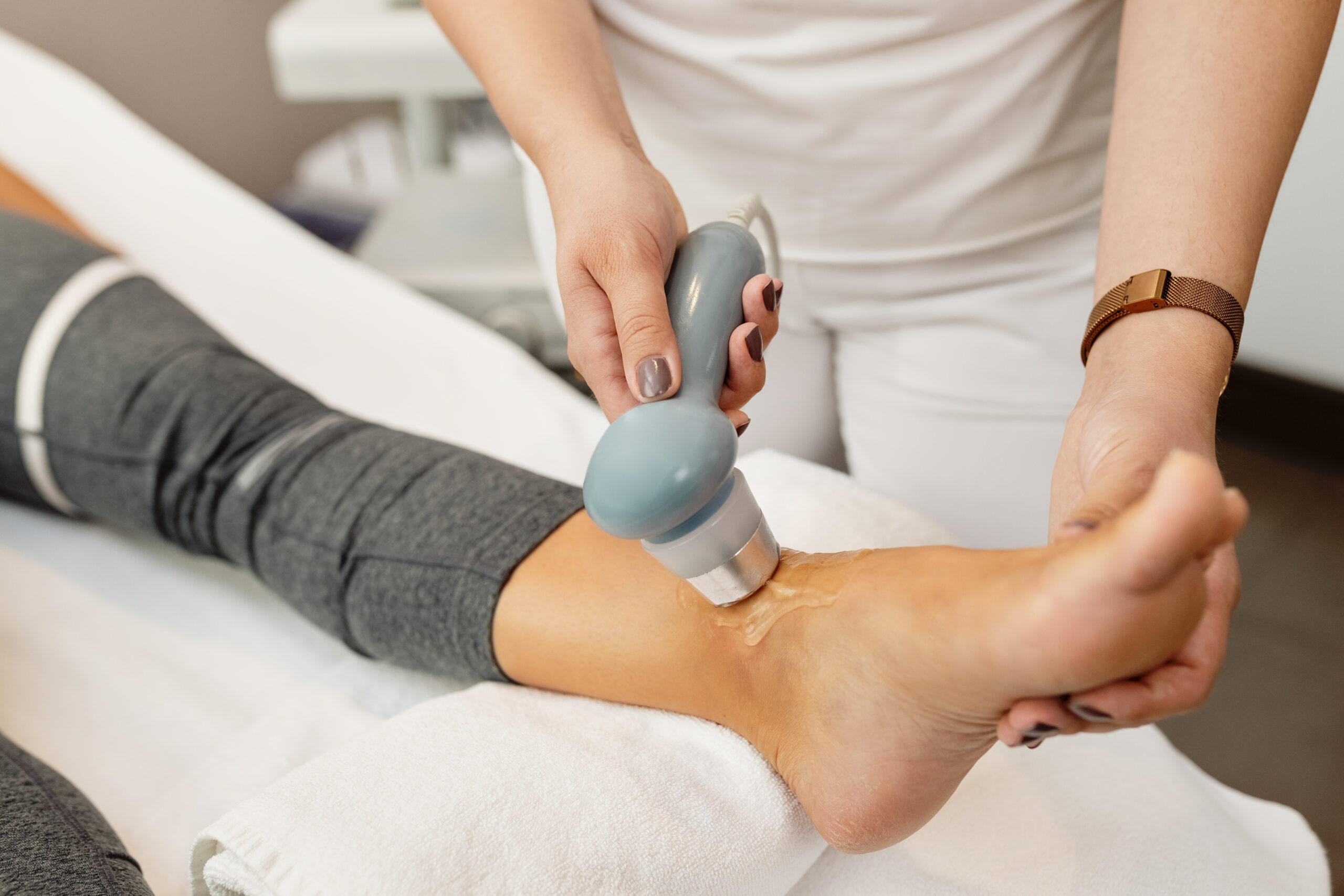Introduction
Sports injuries are a common occurrence for athletes of all levels, from beginners to professionals. These injuries can range from minor sprains and strains to more severe issues such as fractures and ligament tears. Effective management of sports injuries is essential to ensure a safe and speedy recovery, and physiotherapy plays a critical role in the rehabilitation process.
Common Types of Sports Injuries
- Sprains and Strains
- Sprains involve overstretching or tearing of ligaments, commonly affecting the ankles, knees, and wrists.
- Strains involve damage to muscles or tendons, often caused by overstretching or overuse.
- Fractures
- Broken bones resulting from high-impact trauma or repetitive stress. Stress fractures are common in athletes involved in running and jumping sports.
- Dislocations
- When a bone is forced out of its normal position in a joint, commonly affecting shoulders, fingers, and knees.
- Tendinitis
- Inflammation of tendons caused by overuse, often affecting the shoulder, elbow, or knee. Common conditions include tennis elbow and Achilles tendinitis.
- ACL Tears (Anterior Cruciate Ligament)
- A severe knee injury often caused by sudden stops or changes in direction, common in sports like soccer, basketball, and skiing.
- Shin Splints
- Pain along the shinbone (tibia), typically caused by repetitive stress from running or jumping.
- Concussions
- A type of traumatic brain injury caused by a blow to the head or violent shaking. It requires careful management and rest.
The Role of Physiotherapy in Sports Injuries
Physiotherapy is a key component of the recovery process for athletes, aimed at restoring mobility, strength, and function. Here are some ways physiotherapy helps manage sports injuries:
- Pain Management
- Physiotherapists use techniques such as massage, heat/cold therapy, and electrotherapy to reduce pain and swelling.
- Restoring Mobility and Flexibility
- Injury can lead to stiffness and loss of range of motion. Physiotherapy includes stretches and mobilization exercises to restore flexibility and joint movement.
- Strengthening and Conditioning
- Strengthening exercises focus on rebuilding muscle strength and endurance, reducing the risk of re-injury and improving athletic performance.
- Balance and Coordination
- Injuries, especially to the lower limbs, can affect balance and coordination. Physiotherapists use balance exercises to enhance stability and reduce the risk of future falls or injuries.
- Rehabilitation Exercises
- Tailored rehabilitation programs help athletes gradually return to their sport, minimizing the risk of further injury. These exercises are progressive and customized to the individual’s sport and specific injury.
- Manual Therapy
- Hands-on techniques, such as joint mobilizations, massage, and soft tissue manipulation, are used to reduce muscle tightness, improve circulation, and promote healing.
- Education and Prevention
- Physiotherapists educate athletes on proper warm-up, cool-down, and exercise techniques to prevent future injuries. They also advise on proper equipment, footwear, and modifications to training regimens.
Physiotherapy Techniques for Specific Injuries
- Ankle Sprains
- Treatment often includes balance training, strengthening exercises, and joint mobilization to restore stability.
- Knee Injuries (e.g., ACL Tears)
- Post-surgical rehabilitation typically focuses on restoring knee strength, range of motion, and balance. Progressive strengthening of surrounding muscles, such as quadriceps and hamstrings, is essential.
- Shoulder Injuries (e.g., Rotator Cuff Tears, Dislocations)
- Rehabilitation focuses on improving shoulder mobility, rotator cuff strengthening, and scapular stabilization exercises.
- Hamstring Strains
- Initial treatment involves rest, ice, and gradual strengthening of the hamstring muscle group, along with flexibility training.
- Lower Back Pain
- Core strengthening, stretching, and posture correction exercises are integral in managing sports-related lower back pain.
Recovery Timeline
The recovery timeline for sports injuries varies depending on the type and severity of the injury. Some injuries, such as mild sprains, may heal within a few weeks, while more severe injuries like ACL tears may require months of rehabilitation. Consistency with physiotherapy exercises and adherence to the prescribed treatment plan is crucial for achieving the best outcomes.
Tips for Preventing Sports Injuries
- Warm-Up and Cool-Down
- Always include dynamic stretches and gradual cardiovascular exercises before workouts, and cool down with static stretches afterward.
- Use Proper Technique
- Ensure proper form and technique when performing exercises or sports activities to avoid unnecessary strain on muscles and joints.
- Wear Appropriate Gear
- Use the right equipment, including shoes, pads, braces, or helmets, to protect against injuries.
- Rest and Recovery
- Take adequate rest between training sessions to allow muscles to recover and avoid overuse injuries.
- Cross-Train
- Engage in a variety of activities to avoid overloading specific muscles or joints. Cross-training helps improve overall fitness and reduce injury risk.
Conclusion
Sports injuries can be a setback for athletes, but with the right approach, recovery is possible. Physiotherapy offers targeted, personalized treatment that addresses pain, restores function, and promotes long-term recovery. By incorporating physiotherapy into their rehabilitation, athletes can not only return to their sport but often come back stronger and better equipped to avoid future injuries.

